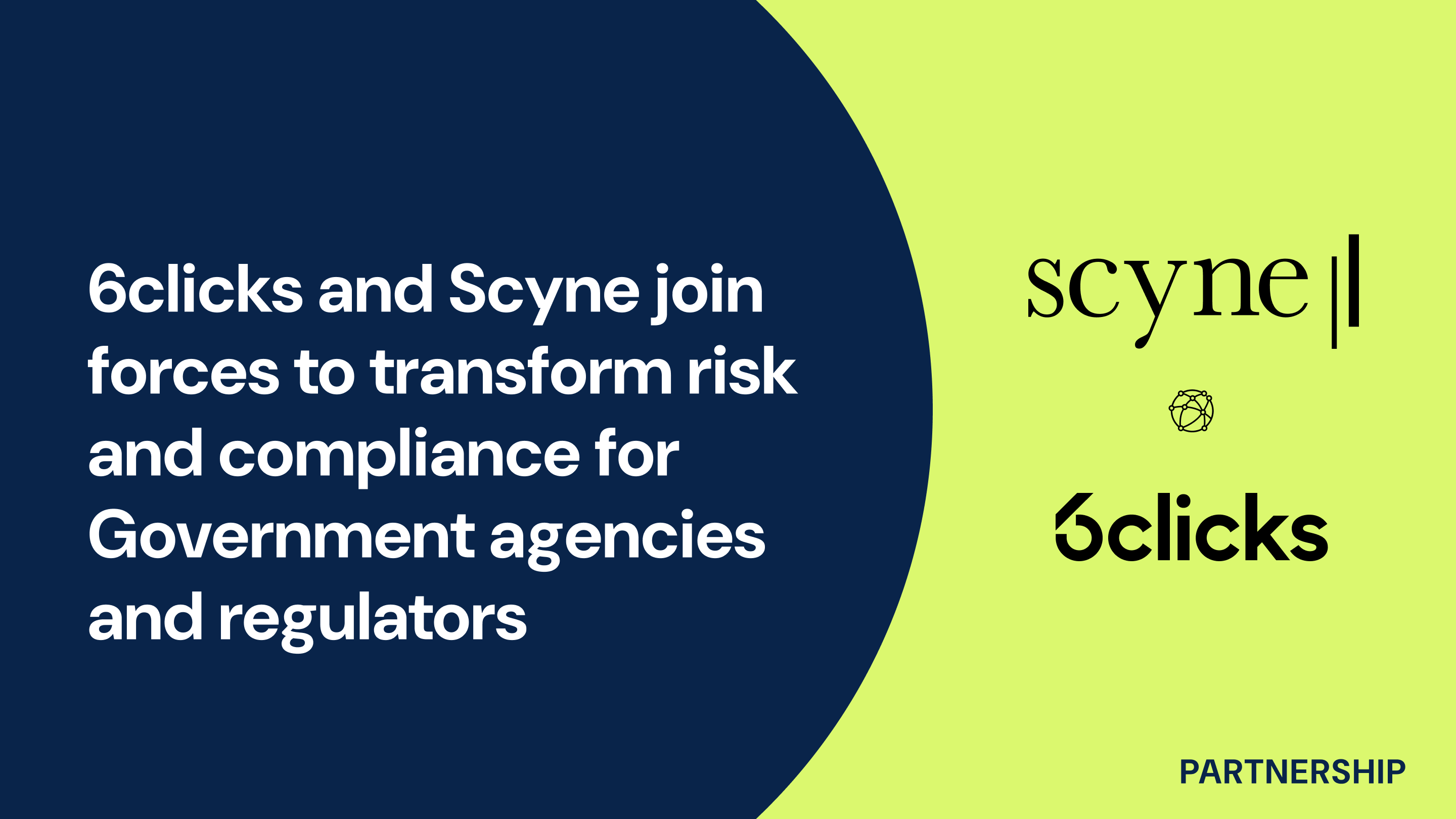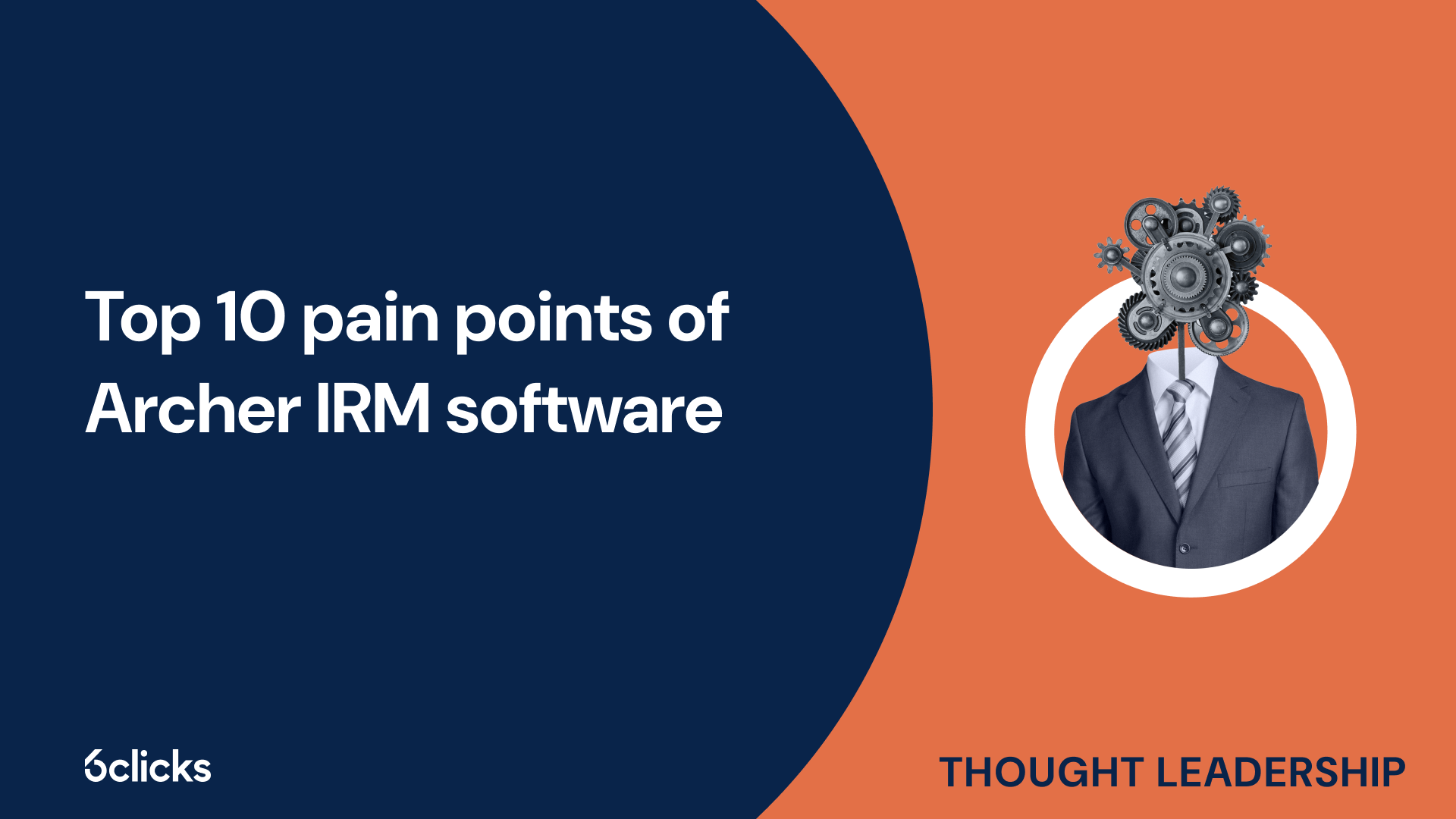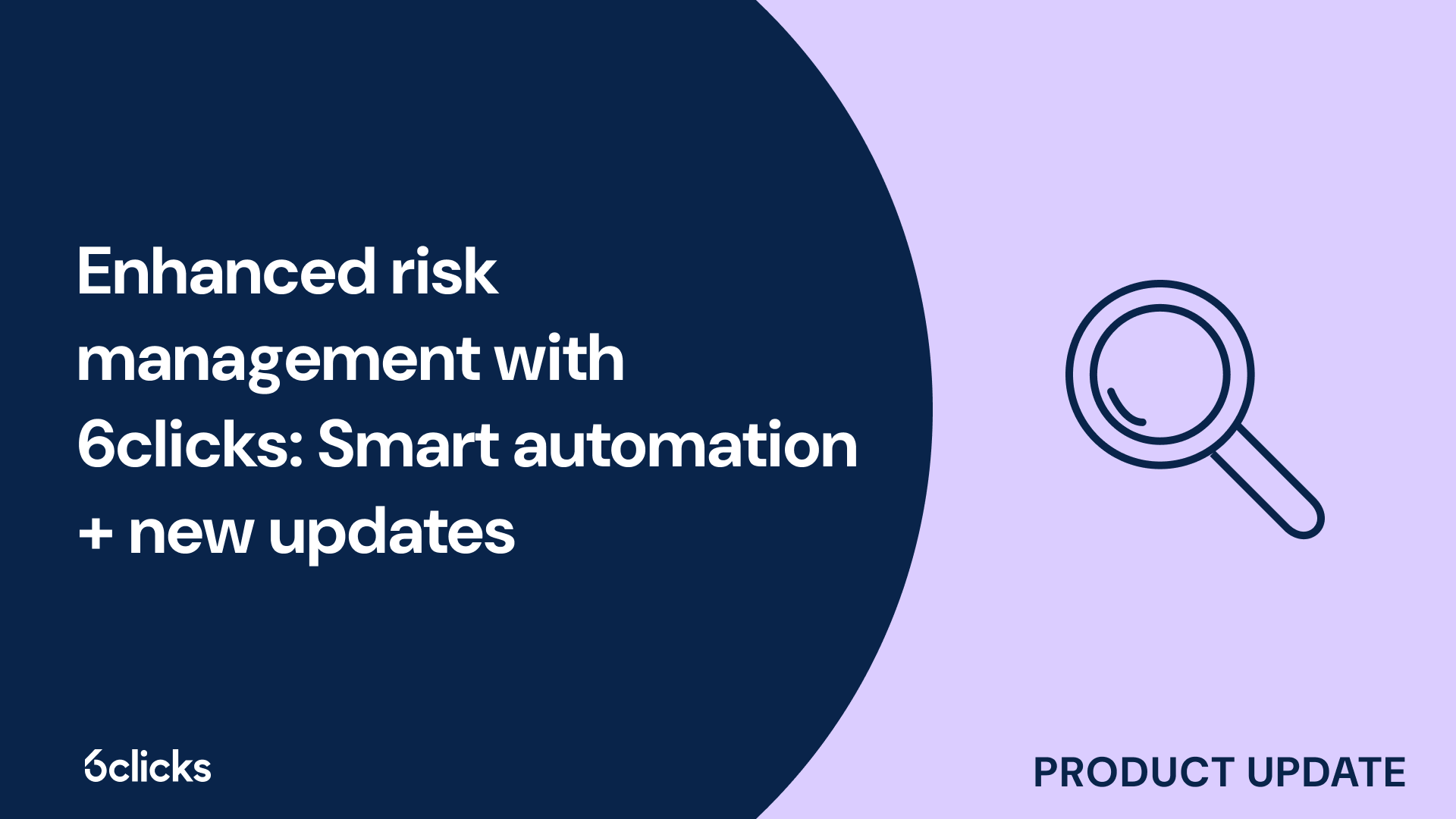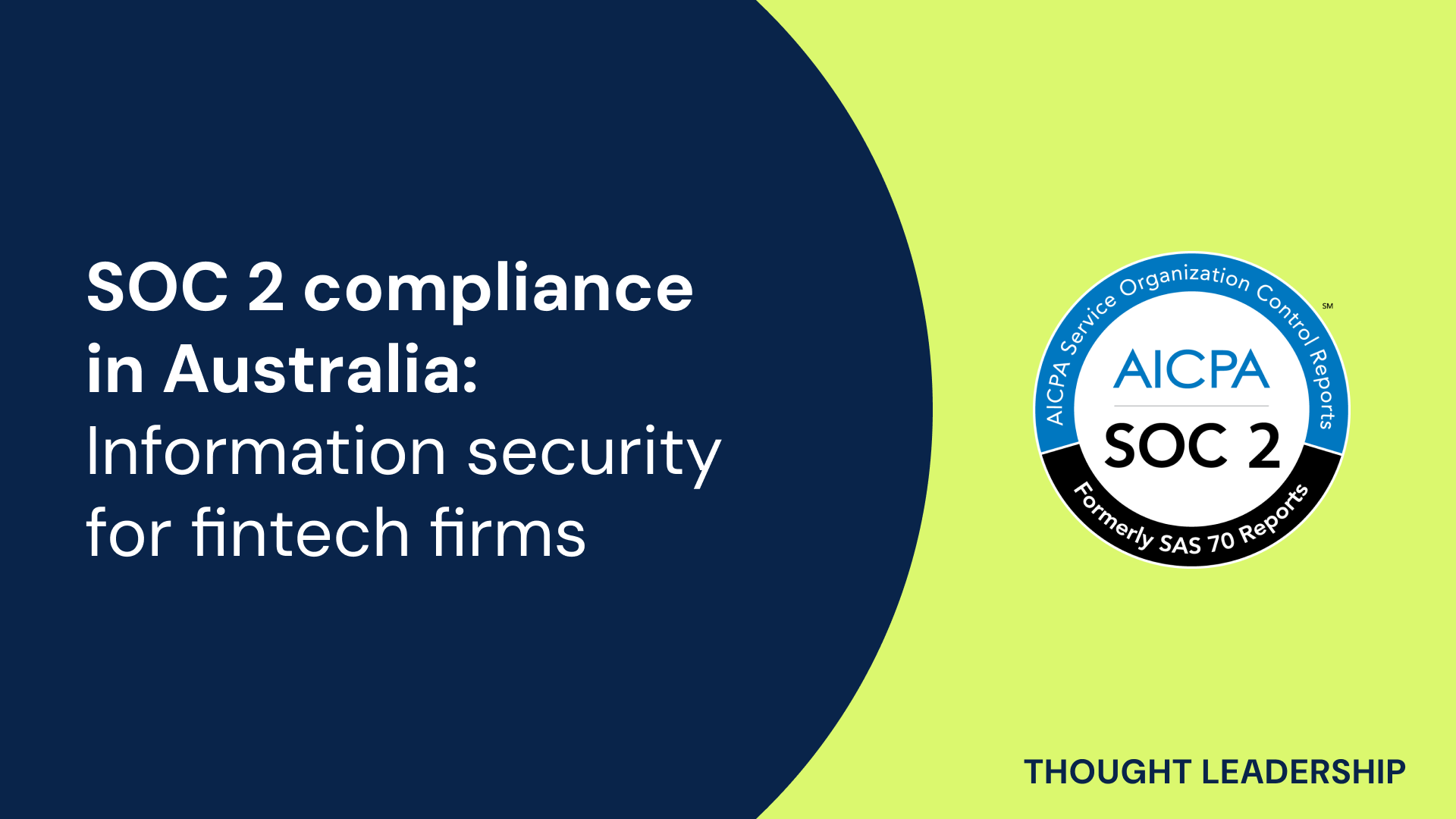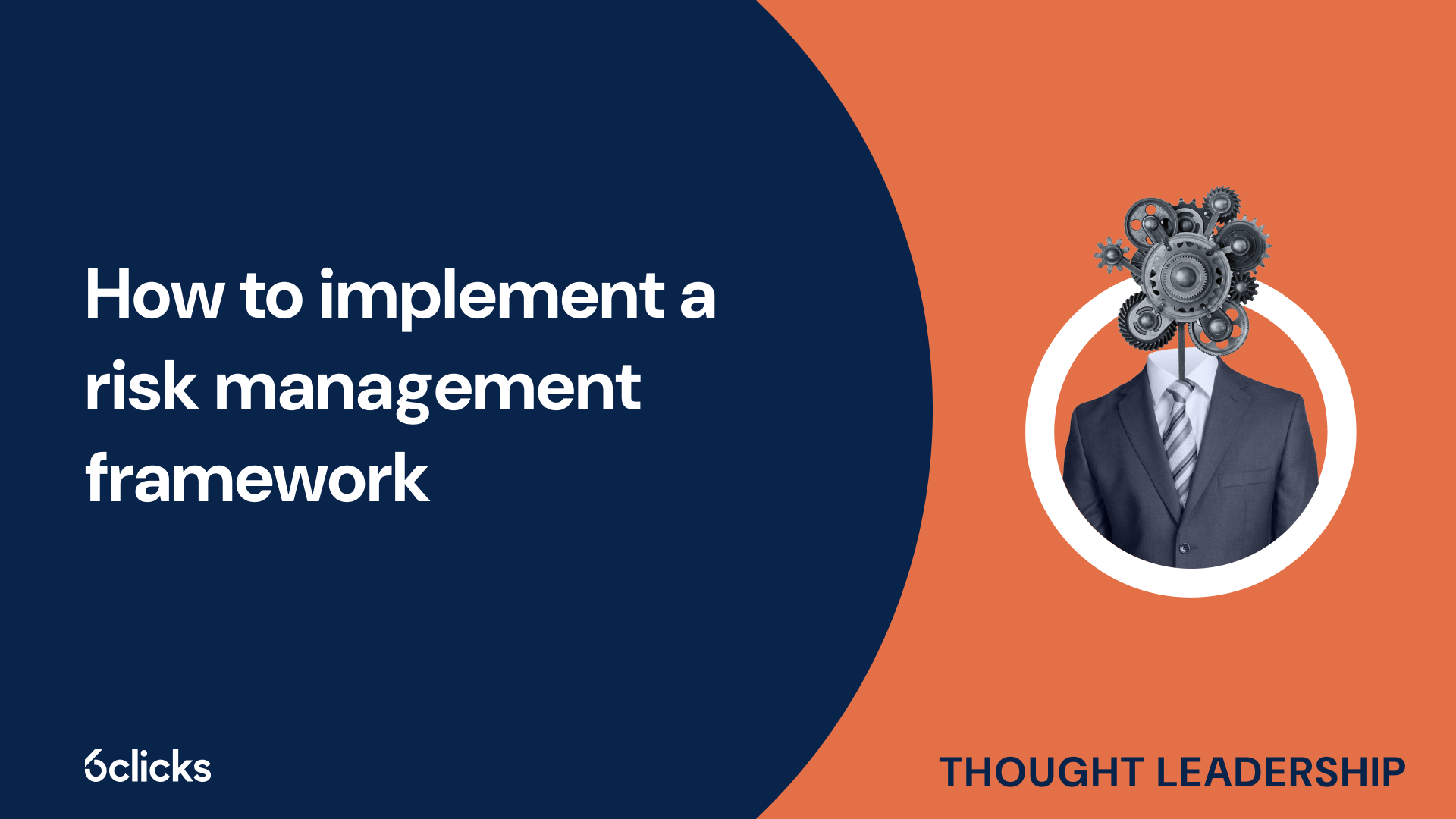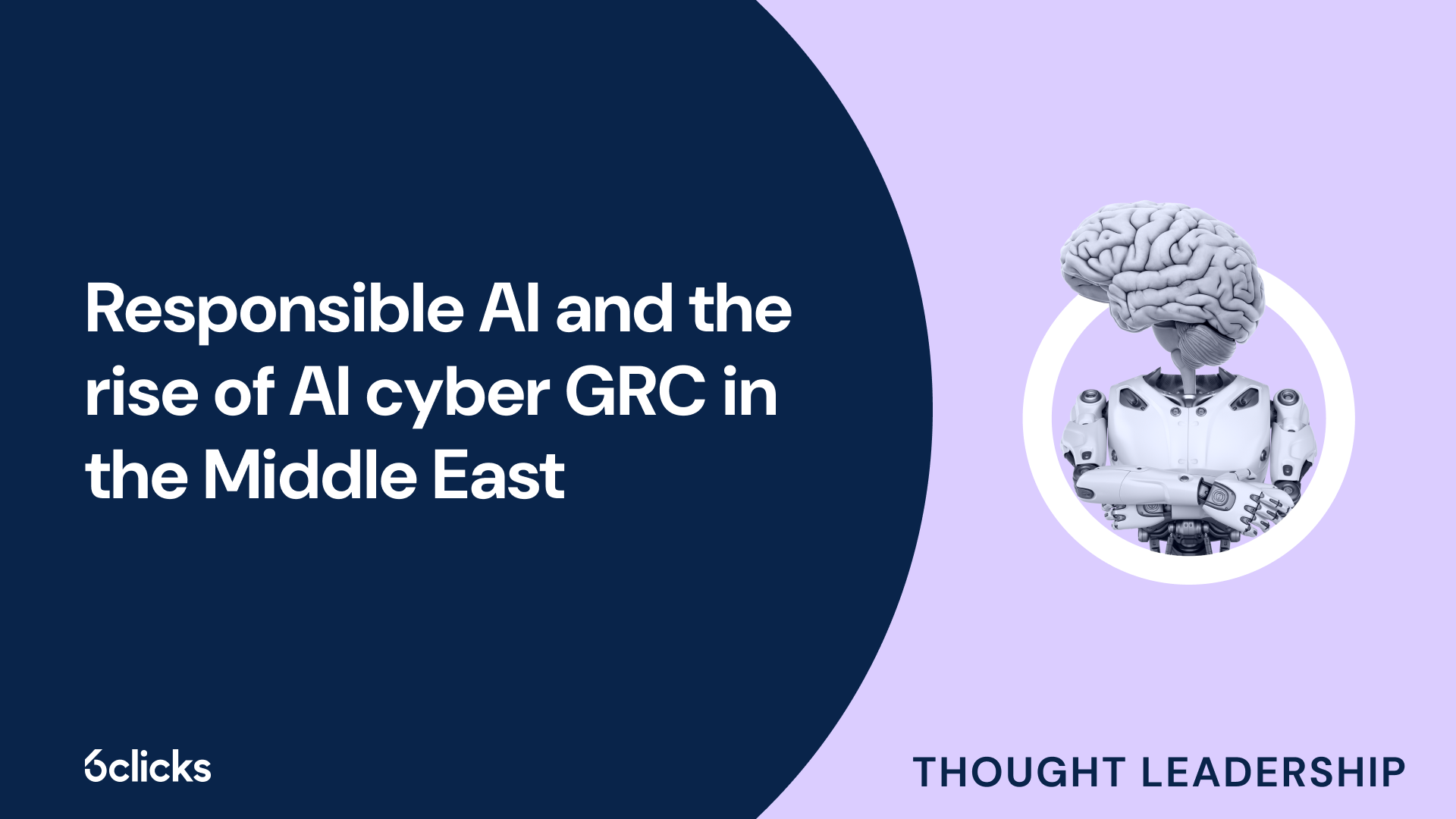Risk management for ISO 27001 and ISMS expert guide
Download the Risk Management for ISO 27001 & ISMS Expert Guide to master risk management practices, achieve compliance, and strengthen your information security. Start today!
-1.png?width=200&height=249&name=Group%20193%20(1)-1.png)
Risk management for ISO 27001 and ISMS expert guide
What is an ISMS?
An Information Security Management System (ISMS) is a structured framework organizations use to protect their information assets. It includes policies, processes, and controls to manage security risks, ensuring compliance with legal and regulatory requirements, safeguarding privacy, and supporting business continuity. The international standard ISO/IEC 27001 provides a widely recognized framework for implementing and improving an ISMS. Certification under this standard demonstrates an organization's commitment to managing security risks effectively and ensuring the confidentiality, integrity, and availability of information.
Why are ISMS standards important?
ISMS standards help organizations protect valuable information assets in an increasingly connected and threat-prone digital landscape. They provide a systematic approach to managing risks like cyber-attacks, data breaches, and intellectual property theft. Compliance with ISMS standards not only reduces vulnerabilities but also builds trust with clients by showing a commitment to data security. Regular risk assessments and audits further ensure continuous improvement in security practices.
Overview of ISO/IEC 27001
ISO/IEC 27001 is an international standard for managing information security risks. It provides a framework for creating, implementing, and improving an Information Security Management System (ISMS). The standard ensures the confidentiality, integrity, and availability of information assets through risk assessment, security controls, and compliance with legal requirements. It’s adaptable for organizations of all sizes and helps protect sensitive data, prevent security incidents, and demonstrate commitment to security to stakeholders.
History of ISO/IEC 27001
ISO/IEC 27001 originated as the British Standard BS 7799, first published in 1995, focusing on information security management. In 2000, BS 7799 was divided into:
- Part 1: ISMS specifications, which later became ISO/IEC 27001.
- Part 2: Guidance for implementation, now ISO/IEC 27002.
ISO/IEC 27001 was adopted internationally in 2005 and revised in 2013, introducing a risk-based approach to security management. The latest version, ISO/IEC 27001:2022, updated control sets to align with modern security challenges and emphasized greater flexibility and integration with other standards.
This evolution ensures ISO/IEC 27001 remains a trusted framework for managing evolving security risks.
Components of ISO/IEC 27001
ISO/IEC 27001 outlines the framework for managing information security risks through an Information Security Management System (ISMS). Its key components include:
- Risk Assessment: Identify, assess, and prioritize risks based on assets, threats, and vulnerabilities.
- Controls: Implement tailored security controls to mitigate risks, considering legal, regulatory, and contractual requirements.
- Management Process: Establish a security policy, define objectives, and monitor performance through a systematic management approach.
- Continual Improvement: Conduct regular audits, address non-conformities, and enhance the ISMS to stay effective against evolving threats.
These components work together to ensure robust and adaptive security management.
Benefits of ISO/IEC 27001 Certification
ISO/IEC 27001 certification helps organizations enhance security, build trust, and gain global recognition. Key benefits include:
- Global recognition: Demonstrates compliance with an internationally recognized standard for information security management systems (ISMS).
- Trust and credibility: Assures stakeholders, including customers and partners, that sensitive information is protected with robust security controls.
- Systematic risk management: Establishes a structured approach to identify, assess, and mitigate security risks.
- External validation: Independent audits verify compliance, boosting confidence in the organization’s security practices.
Overview of ISO/IEC 27002
ISO/IEC 27002 provides guidelines for implementing and managing controls to mitigate information security risks. It offers best practices for establishing, maintaining, and improving an effective Information Security Management System (ISMS). The standard addresses various aspects of information security, including risk assessment, security policies, asset management, access control, incident management, business continuity, and compliance. By following its recommendations, organizations can strengthen their ability to protect information assets, prevent security incidents, and effectively respond to breaches. ISO/IEC 27002 is a vital resource for organizations aiming to align with international security standards and adapt to the challenges of a complex digital environment.
History of ISO/IEC 27002
ISO/IEC 27002 originated as BS 7799 Part 2, introduced by the British Standards Institution (BSI) in the late 1990s as a guide for implementing an Information Security Management System (ISMS). It was later adopted by the International Organization for Standardization (ISO) and the International Electrotechnical Commission (IEC), ensuring global relevance.
The standard provides comprehensive guidance on security controls and practices to mitigate risks, protect sensitive information, and maintain confidentiality, integrity, and availability. It supports compliance with legal and regulatory requirements and remains a critical resource for effective information security management.
Components of ISO/IEC 27002
ISO/IEC 27002:2013 provides guidance on designing and implementing an Information Security Management System (ISMS). Key components include:
- Risk management: Identifies and assesses information security risks, and establishes risk treatment plans to mitigate them.
- Policies and procedures: Guides the creation of security policies and procedures that align with organizational security objectives.
- Controls and best practices: Covers physical security, access control, incident management, and business continuity to ensure information confidentiality, integrity, and availability.
These components help organizations strengthen their security practices and manage risks effectively.
Benefits of Implementing ISO/IEC 27002
Implementing ISO/IEC 27002 alongside ISO/IEC 27001 enhances an organization's information security practices. Key benefits include:
- Robust ISMS: Helps establish and maintain an effective Information Security Management System (ISMS) to identify, assess, and address security risks.
- Comprehensive security controls: Provides guidance on physical security, access control, incident management, and business continuity to mitigate risks.
- Protection of sensitive information: Reduces the risk of unauthorized access, data breaches, and security incidents.
- Regulatory compliance: Helps meet data protection, privacy, and security requirements.
- Trust and reputation: Strengthens security posture and builds trust with stakeholders, demonstrating a commitment to safeguarding sensitive information.
Other security standards and frameworks
NIST Cybersecurity Framework (CSF)
The NIST CSF provides a proactive approach to managing cybersecurity risks, consisting of five core components:
- Identify: Organizations need to assess their assets, critical systems, and risks. This includes identifying sensitive data, vulnerabilities, and potential threats.
- Protect: This phase involves implementing security policies, encryption, access controls, and security awareness programs to defend against cyber threats.
- Detect: Organizations should implement systems to detect cyber threats, such as intrusion detection systems (IDS) and continuous monitoring tools.
- Respond: An effective response requires pre-planned strategies for isolating and managing incidents. This includes assigning roles, defining communication protocols, and coordinating with external partners or authorities when needed.
- Recover: Post-incident recovery involves restoring systems, applying lessons learned, and improving security measures to prevent future attacks.
PCI DSS
The Payment Card Industry Data Security Standard (PCI DSS) is a global standard aimed at protecting payment card data. It applies to organizations that store, process, or transmit cardholder information. The standard ensures businesses implement security measures to prevent data breaches and fraud.
PCI DSS requires organizations to secure their network, protect cardholder data through encryption and masking, manage vulnerabilities with antivirus software and regular patches, and control access to sensitive information. It also mandates monitoring systems for security issues and maintaining a robust security policy.
Adhering to PCI DSS helps businesses protect customer data, comply with legal and industry requirements, and build trust with customers. It also helps avoid penalties for non-compliance, ensuring a secure environment for payment card transactions.
Cloud Security Alliance (CSA) Guidance
The CSA provides guidelines for securing cloud environments, which face unique security challenges due to shared resources and remote access. The CSA's best practices help organizations mitigate risks in cloud-based infrastructures.
- Data protection: CSA emphasizes strong encryption, secure data storage, and control over data access. It also advises organizations to implement secure backup strategies and use multi-factor authentication for cloud services.
- Access control: Proper authentication mechanisms, such as role-based access controls (RBAC) and identity and access management (IAM), ensure that only authorized users can access cloud resources.
- Compliance: The CSA guides organizations through complex regulatory requirements, including the General Data Protection Regulation (GDPR), Health Insurance Portability and Accountability Act (HIPAA), and other region-specific data protection laws. This helps ensure that cloud environments remain compliant with global standards and regulations.
Each of these standards and frameworks offers a comprehensive approach to information security, helping organizations protect sensitive data, comply with legal requirements, and strengthen overall cybersecurity resilience.
Difference between ISO/IEC 27001 and other security standards
Scope:
- ISO/IEC 27001 covers all aspects of information security, including risk management, security controls, and continual improvement.
- Other standards, like PCI DSS, focus on specific areas (e.g., payment card data security).
Requirements:
- ISO/IEC 27001 has comprehensive criteria, such as conducting risk assessments, setting security objectives, and regular monitoring.
- Other standards may have narrower or less extensive requirements, specific to their focus (e.g., industry-specific needs).
Certification Process:
- ISO/IEC 27001 involves rigorous assessments by accredited bodies, including audits and ongoing surveillance.
- Other standards may have similar processes but lack the international recognition and broad adoption of ISO/IEC 27001.
Global Relevance:
- ISO/IEC 27001 provides a systematic approach for managing risks and ensuring compliance, widely recognized and trusted globally.
- Other standards may have regional or industry-specific relevance.
Summary
An Information Security Management System (ISMS) is a framework that organizations use to protect their information assets through policies, processes, and controls to manage security risks. ISO/IEC 27001 is the internationally recognized standard for creating and maintaining an ISMS, ensuring confidentiality, integrity, and availability of information. It helps organizations identify and address security risks while ensuring compliance with legal and regulatory requirements. By implementing an ISMS, organizations can mitigate risks like cyber-attacks, data breaches, and intellectual property theft, while also building trust with stakeholders. Other security standards, such as PCI DSS and the NIST Cybersecurity Framework, provide more specialized guidance for specific industries or types of threats, but ISO/IEC 27001 stands out due to its comprehensive approach to managing information security across all sectors.




%20SaaS%20for%20ISO%2027001%20-%20Banner%202.jpg?width=1920&height=1080&name=Blog%20-%20Information%20Security%20Management%20System%20(ISMS)%20SaaS%20for%20ISO%2027001%20-%20Banner%202.jpg)
